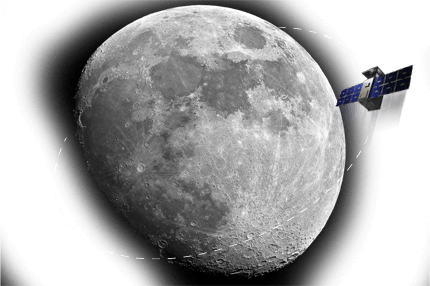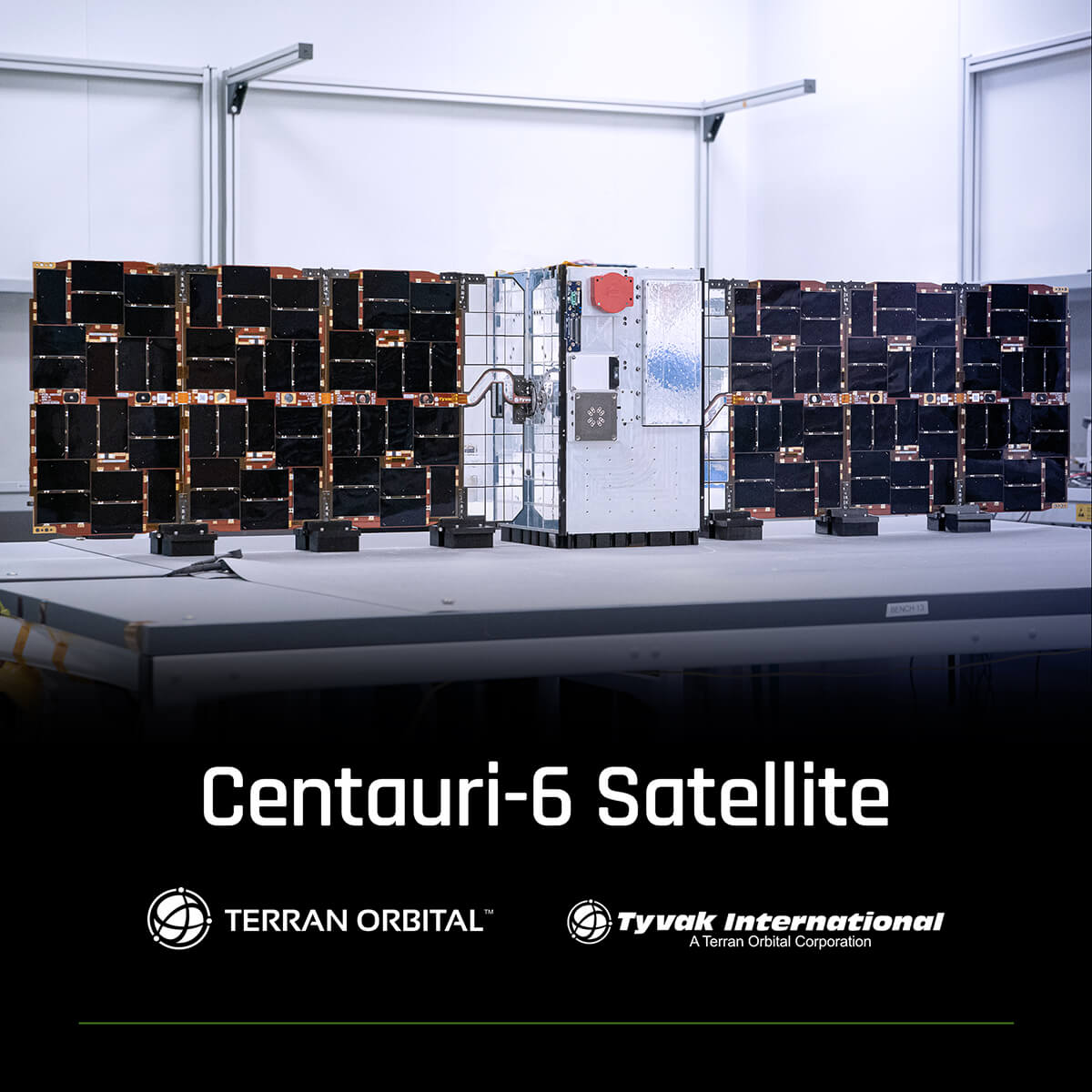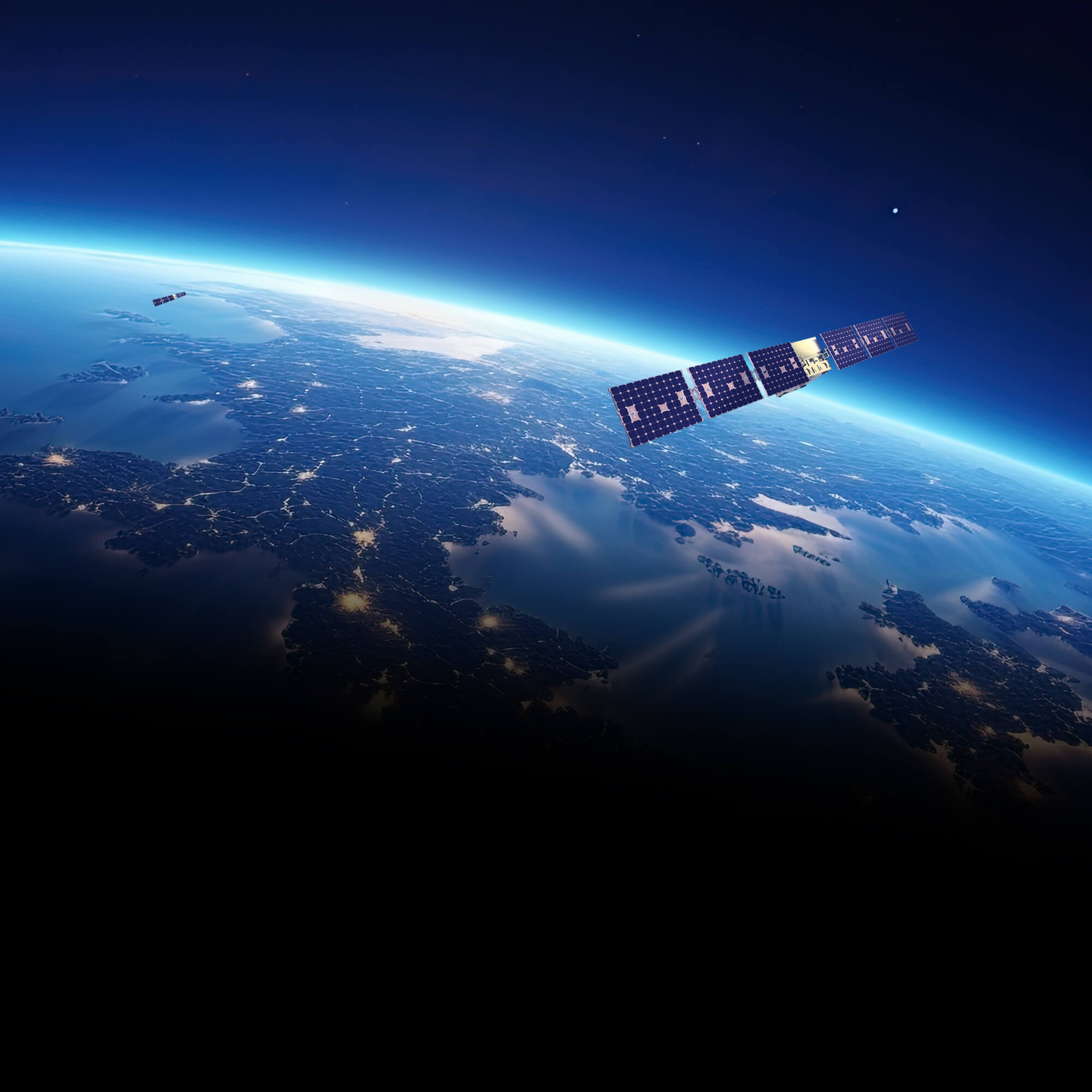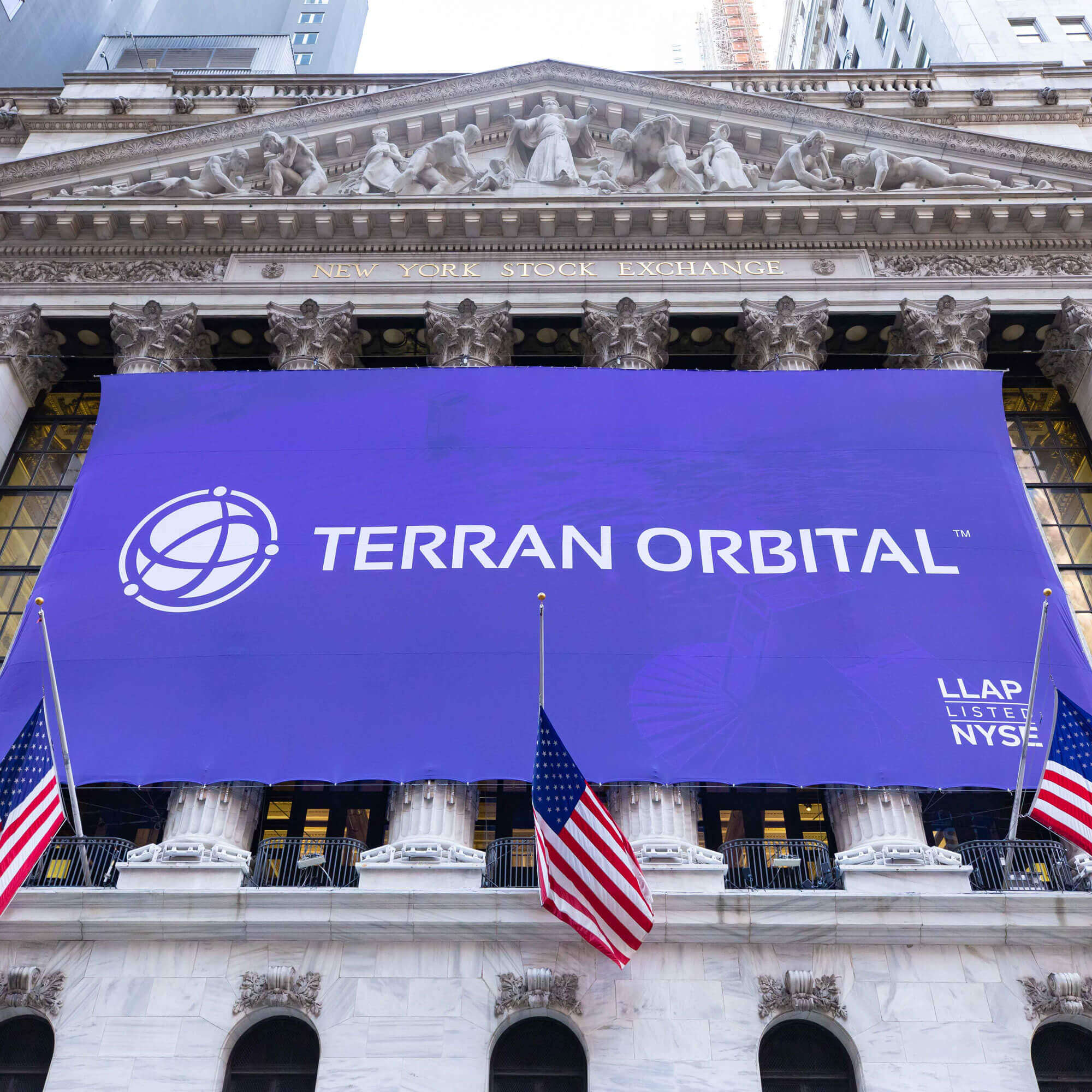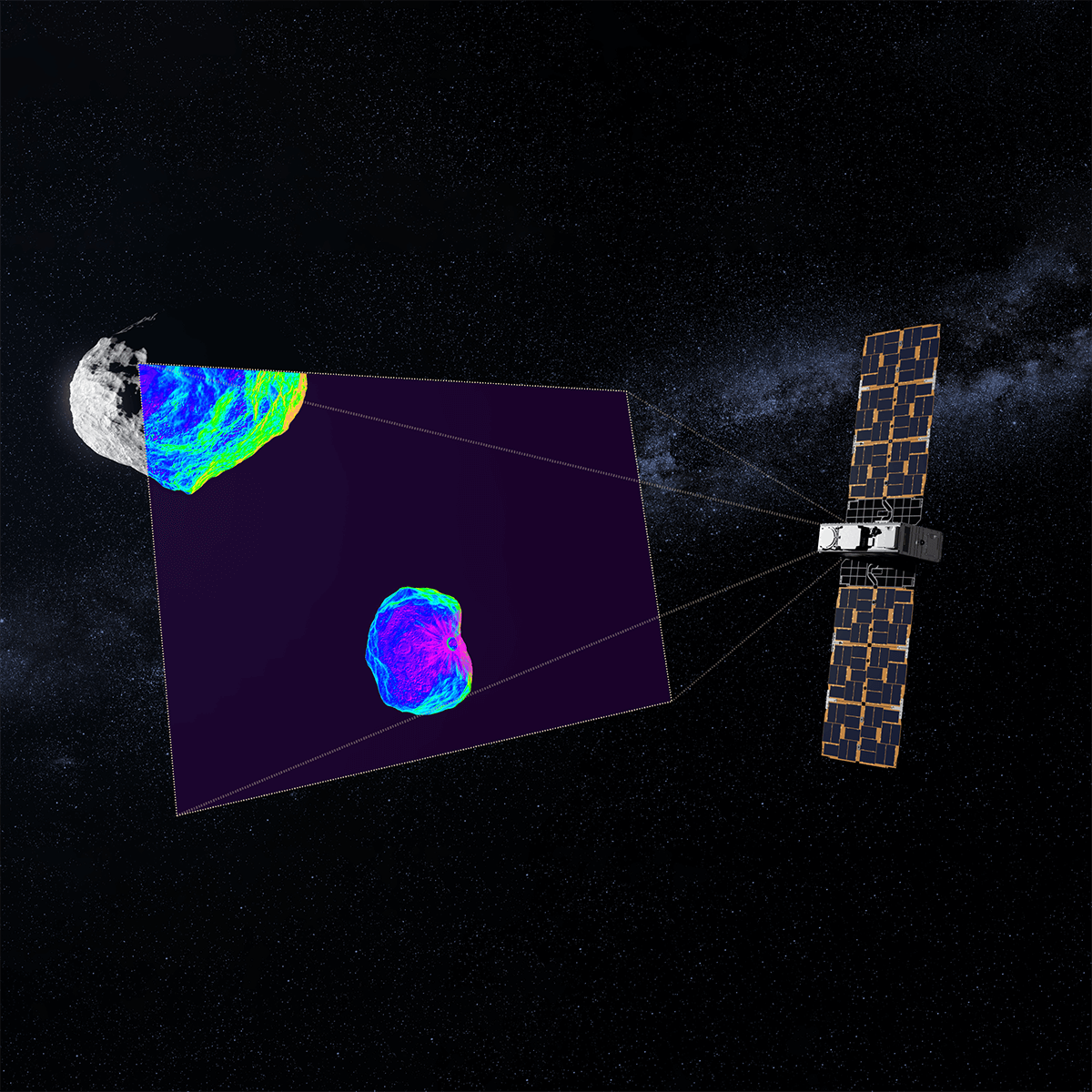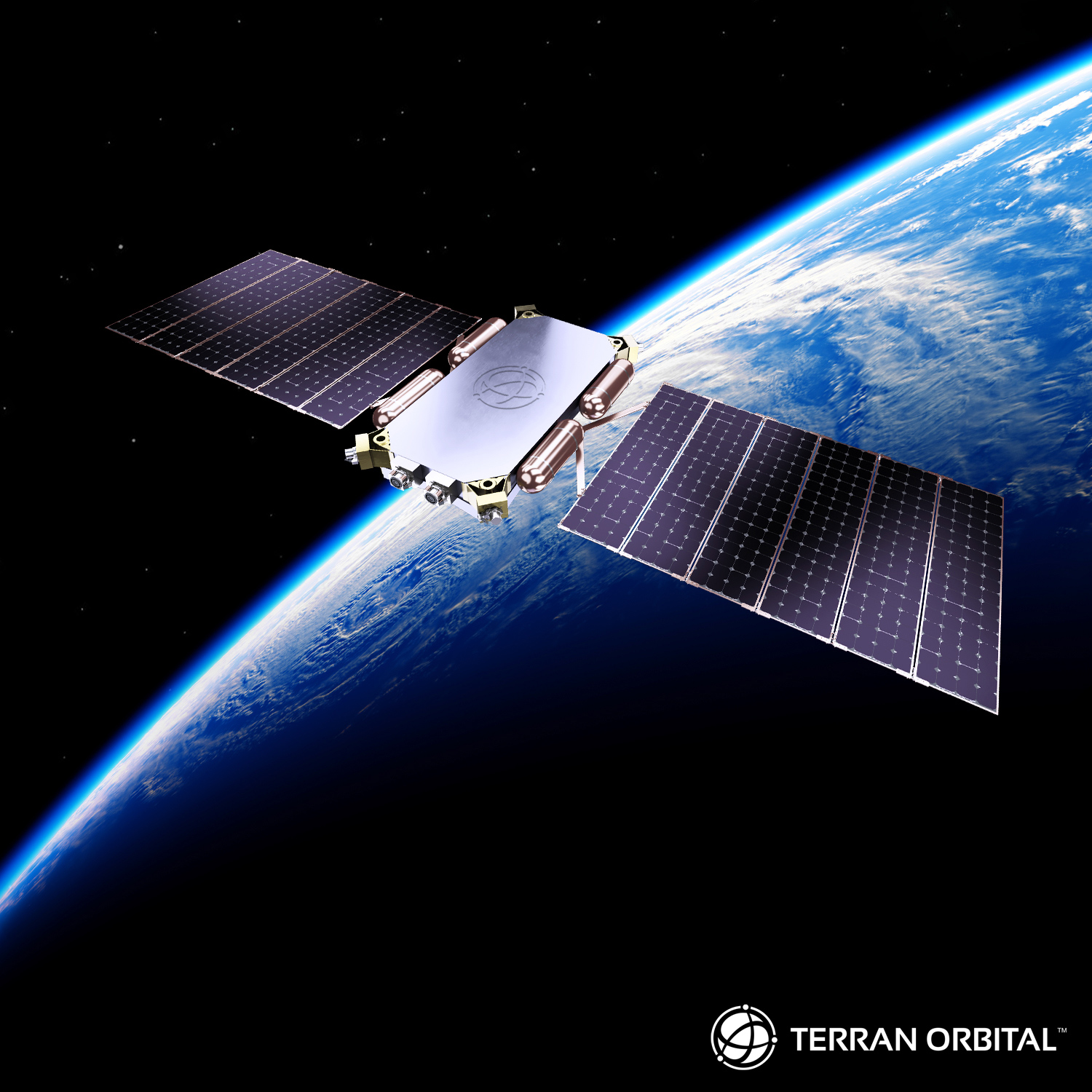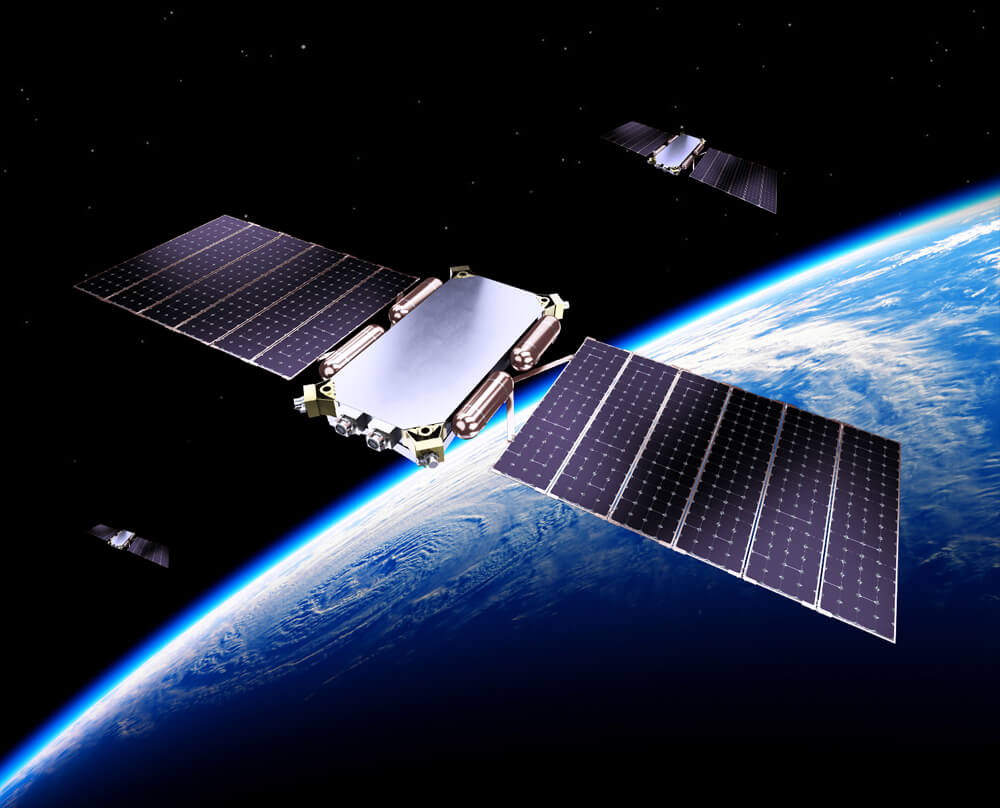
Terran Orbital is revolutionizing the satellite market with its SmallSat GEO™ solutions. Designed for the defense and communications industry, these satellites provide a small satellite option in geosynchronous orbit. The spacecraft is highly customizable, based on mission needs. It provides high performance and power in a compact design at a significantly lower cost, with a faster delivery timeline than traditional GEO.
Terran Orbital proudly introduces our cutting-edge lineup of standard spacecraft platforms, setting a new standard in satellite technology and innovation. These platforms come with interchangeable components and modules, allowing you to customize and configure your satellite for various sizes and mission requirements. Whether you’re advancing scientific research, enhancing national defense, or revolutionizing commercial applications, Terran Orbital’s spacecraft platforms empower your mission to reach new heights.
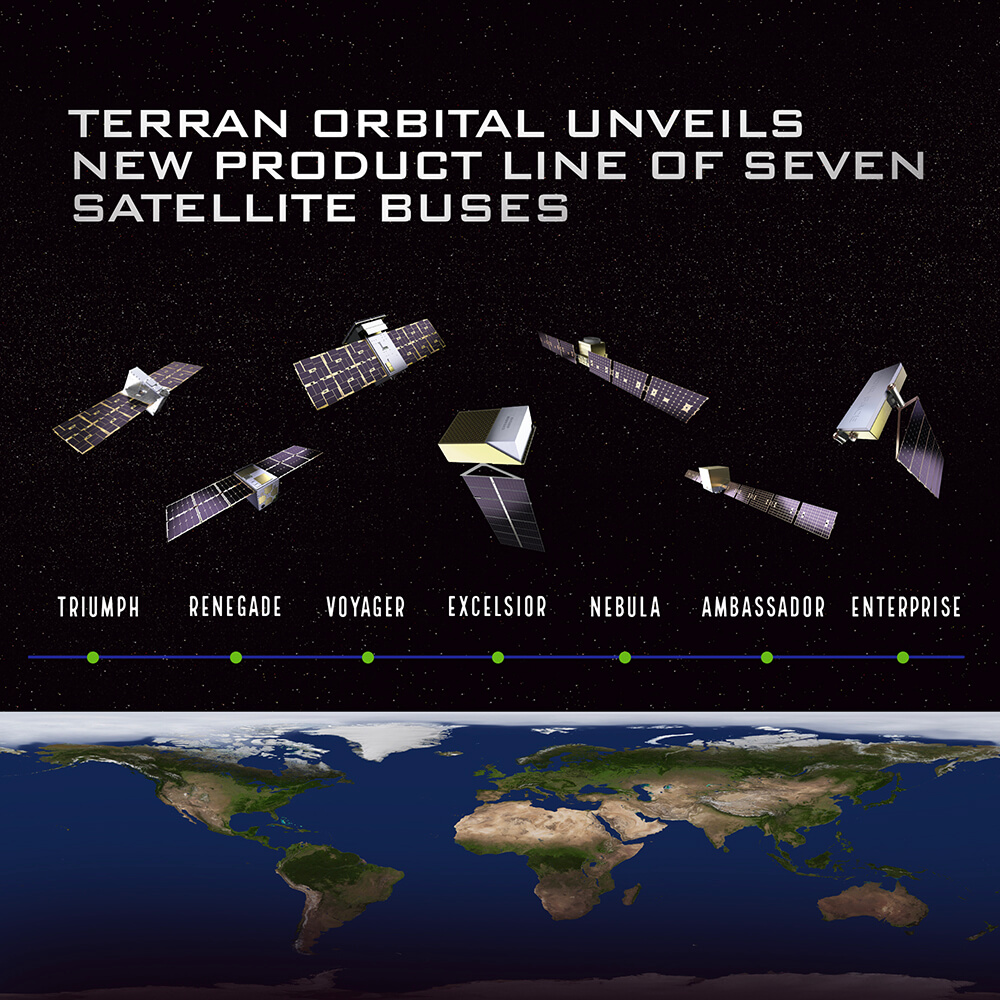


Time magazine’s global, cross-sector list recognizes Terran Orbital among leading companies for “impact, innovation, ambition, and success”

